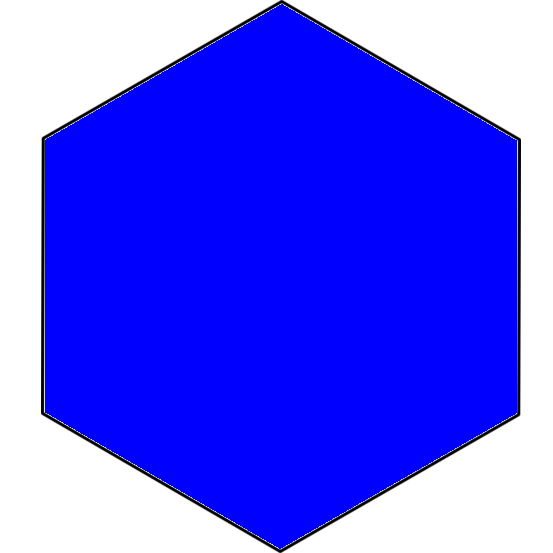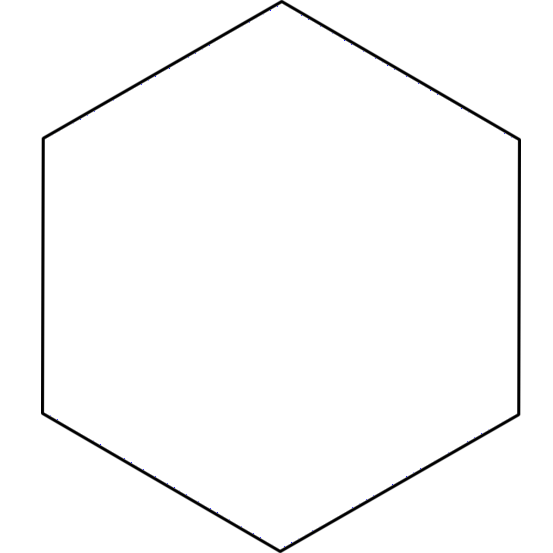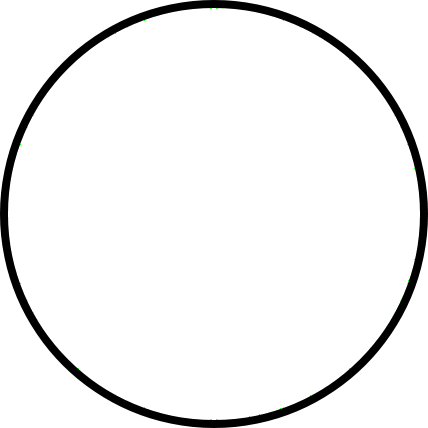20 JUN 2017 by ideonexus
 Three Brain Pathways to Reading
Three Brain Pathways to Reading
The frontal reading system has been implicated in phonological processing and semantic processing (word analysis). This is also where Broca’s area is found. Broca’s area is involved in language processing, speech production, and comprehension. Neuron activation is increased in this area when words are spoken (Devlin, Matthews, & Rushworth, 2003).
The ventral posterior processing system (located in the occipital and temporal lobes) is most associated with orthographic processing (visu...19 NOV 2015 by ideonexus
 A Single Neuron Can Recognize Patterns
A Single Neuron Can Recognize Patterns
Neocortical neurons have thousands of excitatory synapses. It is a mystery how neurons integrate the input from so many synapses and what kind of large-scale network behavior this enables. It has been previously proposed that non-linear properties of dendrites enable neurons to recognize multiple patterns. In this paper we extend this idea by showing that a neuron with several thousand synapses arranged along active dendrites can learn to accurately and robustly recognize hundreds of unique p...12 DEC 2011 by ideonexus
 The Brain Creates Models of the World
The Brain Creates Models of the World
We make models in science, but we also make them in everyday life. Model-dependent realism applies not only to scientific models but also to the conscious and subconscious mental models we all create in order to interpret and understand the everyday world. There is no way to remove the observer—us—from our perception of the world, which is created through our sensory processing and through the way we think and reason. Our perception—and hence the observations upon which our theories are...Using the eye as an example, Hawking describes how our brains model the outside world and builds theories about it.
20 SEP 2011 by ideonexus
 Evolution of the Eye
Evolution of the Eye
A possible sequence of such changes begins with simple eyespots made
of light-sensitive pigment, as seen in flatworms. The skin then folds in,
forming a cup that protects the eyespot and allows it to better localize
the light source. Limpets have eyes like this. In the chambered nautilus,
we see a further narrowing of the cup’s opening to produce an improved
image, and in ragworms the cup is capped by a protective transparent
cover to protect the opening. In abalones, part of the fluid in t...A simple series of adaptive steps explain the evolution of eyes over time.




